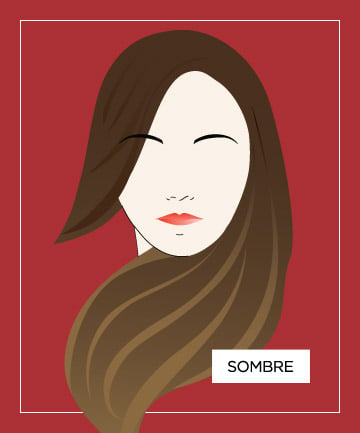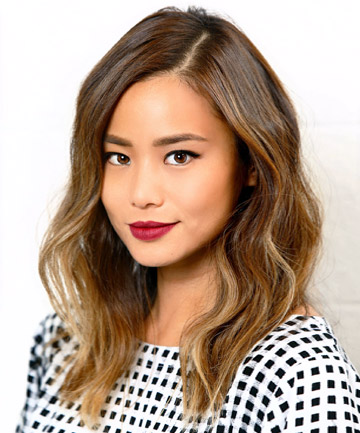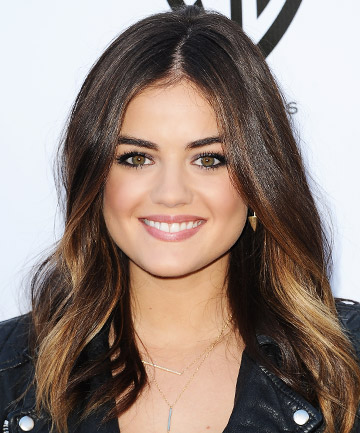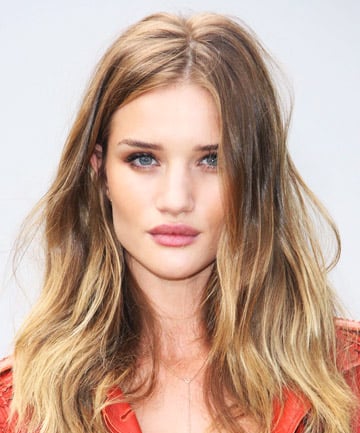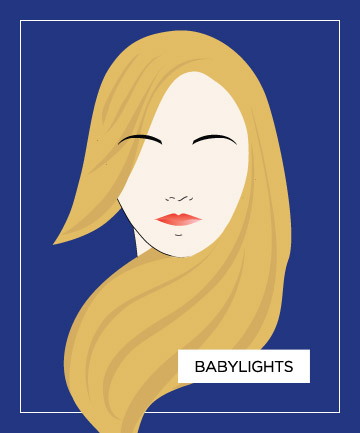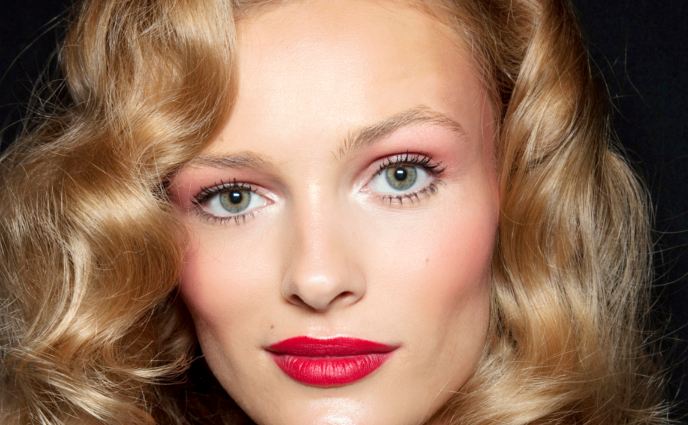If you haven't heard yet, sombré stands for "soft-" or "subtle ombré," says de Souza. As we probably all remember, ombré had a major moment a few years ago, thanks to celebrities like Gisele Bundchen and Lauren Conrad, and was a much starker, dip-dyed look. Sombré is the "modernized version" -- softer and more refined, meant to resemble hair that's been naturally lightened by the sun. Celebs like Jessica Alba and Rosie Huntington-Whiteley debuted the fall hair color last year, and it is still going strong.
Part of sombré's continued popularity is that it's "very low-maintenance allowing your hair to grow out naturally," says de Souza. Unlike the ombré of 2011, sombré doesn't pair two dramatic colors together. Instead, your base color casually transitions into lighter shades with "strategically placed highlights around the face, which cascade into heavy highlights at the ends," de Souza explains.
Part of sombré's continued popularity is that it's "very low-maintenance allowing your hair to grow out naturally," says de Souza. Unlike the ombré of 2011, sombré doesn't pair two dramatic colors together. Instead, your base color casually transitions into lighter shades with "strategically placed highlights around the face, which cascade into heavy highlights at the ends," de Souza explains.
Chung's light caramel highlights start around her face, bringing natural light to her skin.
Soften the stark contrasts of last year's ombre with this lovely example of sombré for dark hair.
Hungtington-Whiteley was one of the first to rock a natural gradient.
"Babylights are very fine highlights that are one to one-and-a-half shades lighter than your natural hair," says de Souza. "They blend in beautifully with your natural color, giving the illusion of those natural highlights that we used to get when we were kids." You know, the sunkissed kind you had when you were 10 years old after a summer of running around outside.
The great thing about this fall hair color is that it's subtle, customizable and can work with any hair color. As for the process, it can be somewhat painstaking. Babylights require detailed handiwork, involving the application of fine highlights in closely placed foils. So, you're looking at anywhere from two to four hours in the salon.
Luckily, upkeep is minimal, especially if you stay closer to your natural color. De Souza says while some of his clients come in for touchups every eight to twelve weeks, others go even longer. "I gave Mila Kunis this look to break up and soften her dark natural color, and she sees me two times a year max," he says.
The great thing about this fall hair color is that it's subtle, customizable and can work with any hair color. As for the process, it can be somewhat painstaking. Babylights require detailed handiwork, involving the application of fine highlights in closely placed foils. So, you're looking at anywhere from two to four hours in the salon.
Luckily, upkeep is minimal, especially if you stay closer to your natural color. De Souza says while some of his clients come in for touchups every eight to twelve weeks, others go even longer. "I gave Mila Kunis this look to break up and soften her dark natural color, and she sees me two times a year max," he says.


